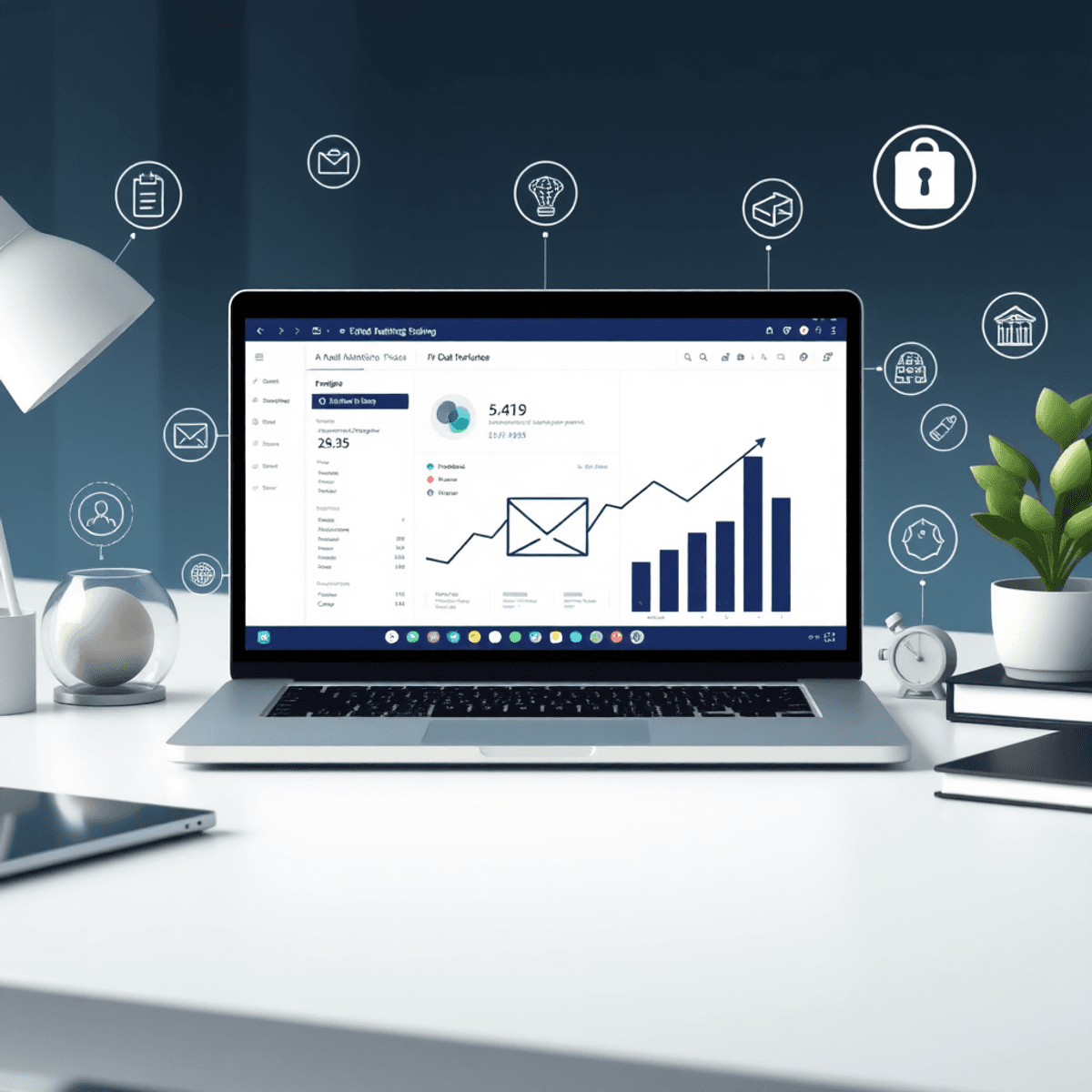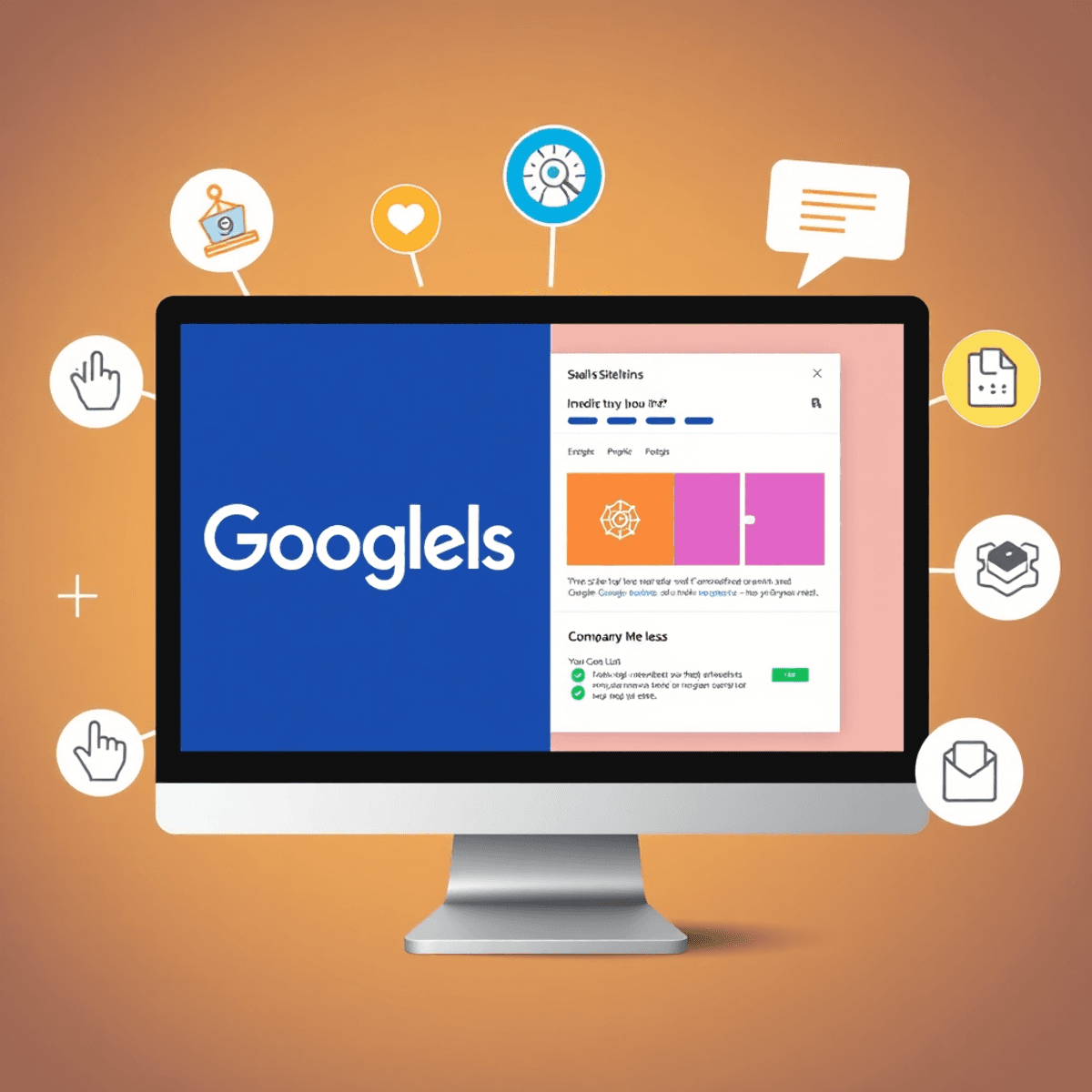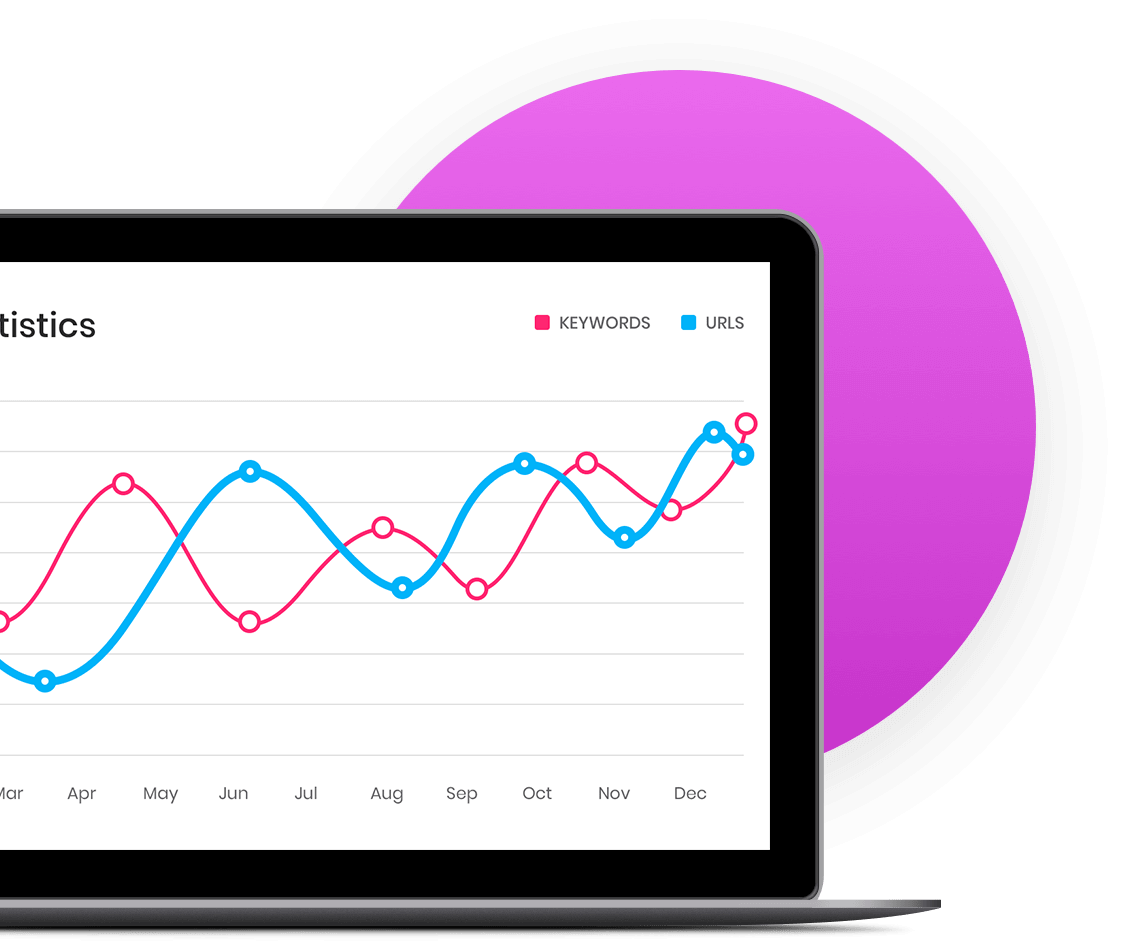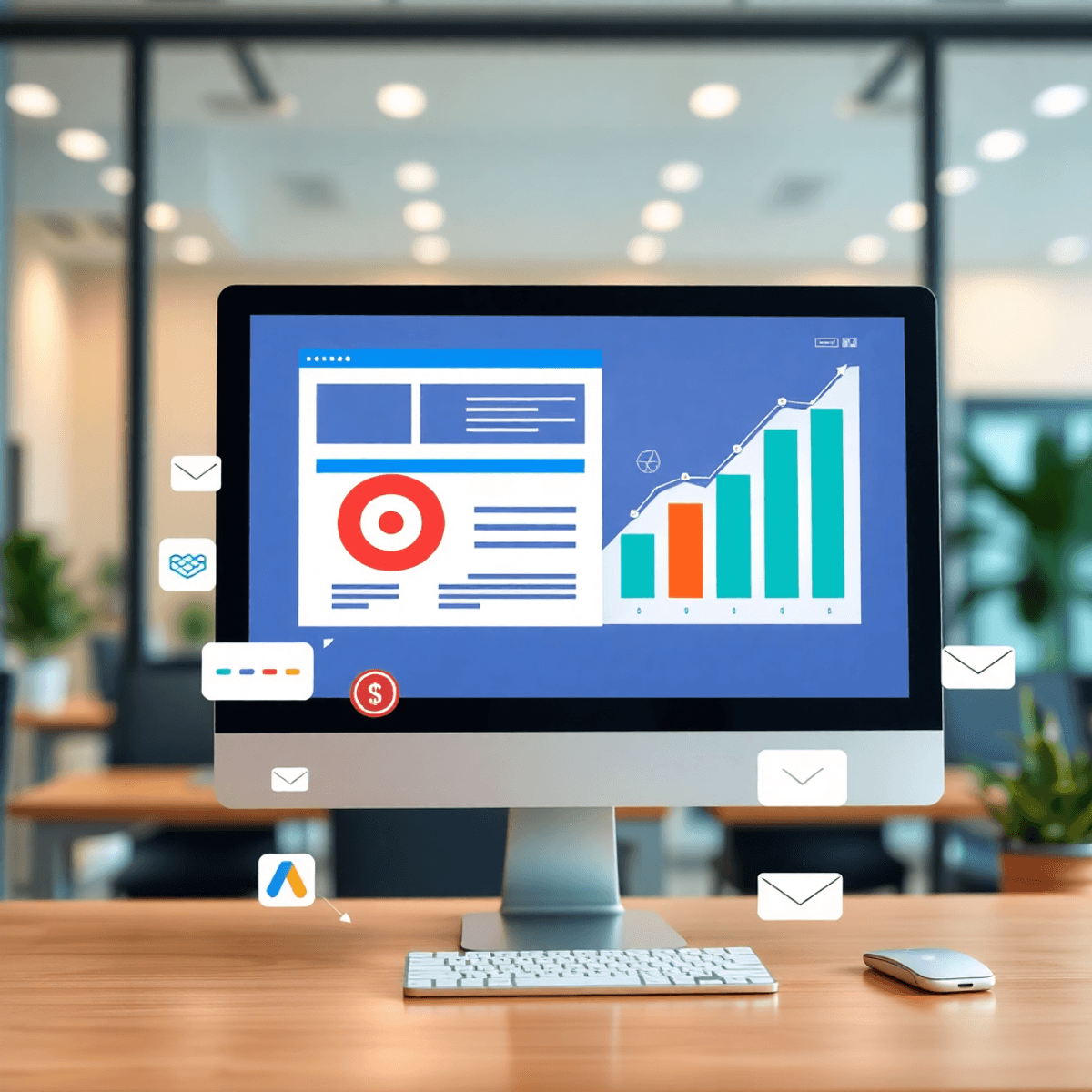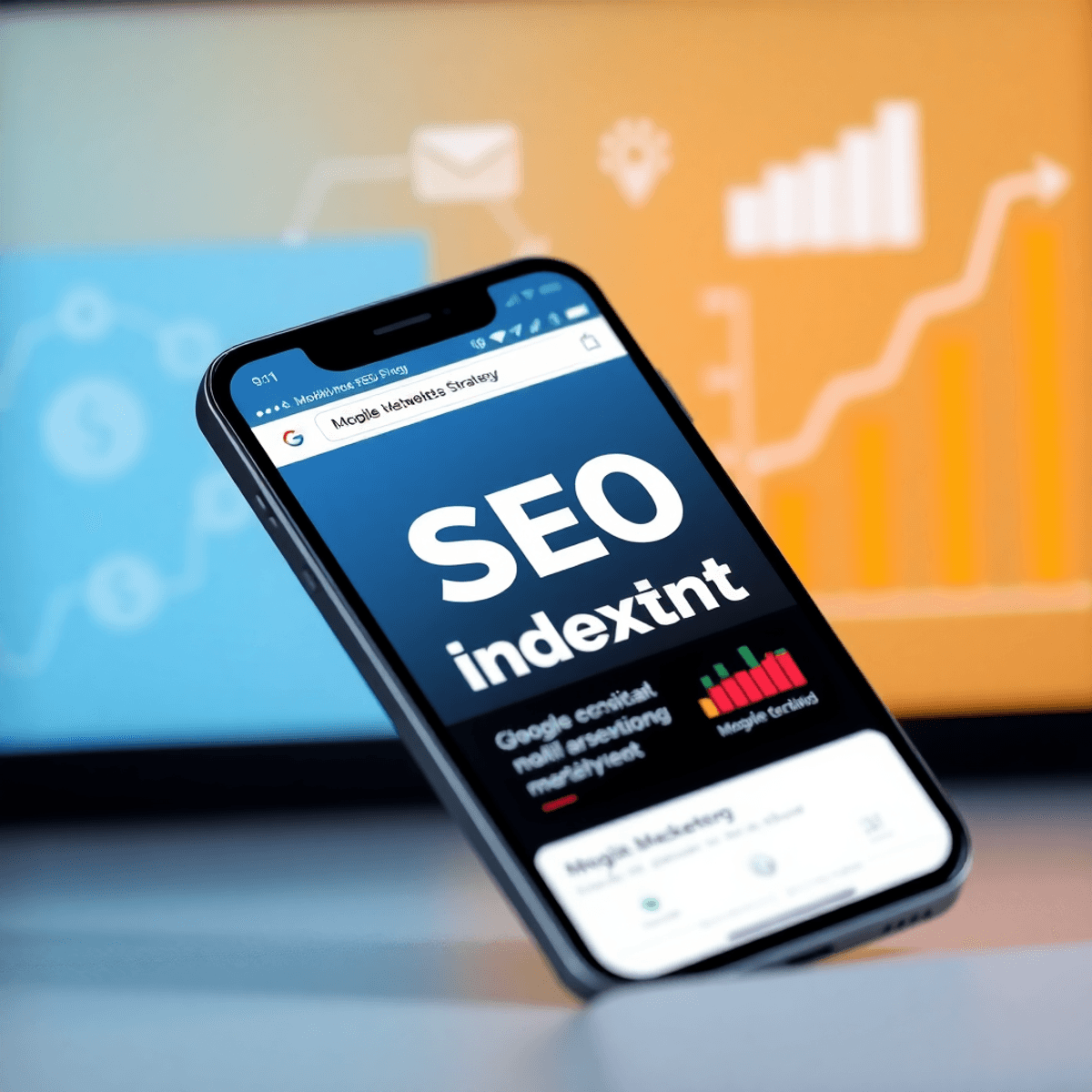Pay-per-click (PPC) advertising is a crucial part of digital marketing. It allows businesses to show targeted ads to potential customers precisely when they’re searching for relevant products or services. The beauty of PPC lies in its precision – advertisers only pay when users click on their ads, making it a cost-effective method to drive qualified traffic.
The two main players in PPC advertising are Google Ads and Microsoft’s Bing Ads. Each platform has its own advantages and features that can greatly impact your advertising success. Choosing between these platforms can shape your digital marketing strategy and influence your return on investment.
This detailed comparison looks at Google Ads and Bing Ads based on important factors such as:
- Market reach and audience demographics
- Cost structures and competition levels
- Targeting capabilities and ad formats
- Performance metrics and campaign management tools
By understanding these key aspects, you’ll be better equipped to decide which platform – or combination of platforms – will best serve your business goals and target audience.
However, selecting the right PPC platform is only one part of the puzzle. To truly enhance your online presence and sales potential, it’s essential to combine other digital marketing strategies with your PPC efforts. This is where services like SEO come in. As a results-driven SEO agency in Manchester, we assist brands in achieving more traffic, better rankings and measurable growth.
Furthermore, implementing a strong CRM setup service can significantly boost customer conversion & satisfaction by providing the crucial functionality your business requires.
In addition, collaborating with an experienced email marketing agency can further improve customer retention and conversion rates through strategic automation, design and delivery.
Lastly, if your business operates locally, teaming up with a local SEO company could help you rank higher in local search results, thereby attracting more customers and sales.
1. Overview of Google Ads and Bing Ads
Google Ads is the first platform for pay-per-click advertising, launched in 2000 as Google AdWords. It changed the game for digital advertising by introducing a system where advertisers only pay when users click their ads. Google Ads offers various types of campaigns, including targeted PPC campaigns that help increase website traffic, generate leads and drive conversions:
- Search network campaigns
- Display advertising
- Video marketing through YouTube
- Shopping advertisements
- App promotion campaigns
Microsoft Advertising, formerly known as Bing Ads until 2019, is the second-largest PPC platform. The name change reflects Microsoft’s strategic expansion beyond Bing search, which now includes:
- The Yahoo! Search Network
- AOL advertising partnerships
- MSN content distribution
- DuckDuckGo integration
Both platforms have similar features:
- Keyword targeting: Advertisers bid on relevant search terms
- Audience segmentation: Demographics, interests, behaviours
- Ad scheduling: Time and day-based campaign management
- Budget control: Daily and monthly spending limits
- Performance tracking: Analytics and conversion monitoring
The main difference between the two lies in their target market. Google Ads aims for a wide reach and relies on automation, while Microsoft Advertising focuses on professional audiences and B2B targeting using LinkedIn data integration. For businesses looking to make the most of these platforms, working with an experienced marketing agency can greatly improve their online visibility and ad performance.
2. Reach and Market Share Comparison
Google’s dominance in the search engine market is undeniable, commanding an impressive 87.7% global market share. The Google Search Network reaches billions of users across:
- 2+ million websites
- 650,000+ apps
- Google-owned properties (YouTube, Gmail, Maps)
This extensive reach makes Google Ads the primary choice for businesses targeting broad consumer audiences and global markets.
The Bing Network, whilst smaller, still connects advertisers to 160 million unique searchers. Through strategic partnerships, Bing’s advertising network includes:
- Yahoo Search
- AOL
- MSN
- Outlook.com
- Windows devices
A notable distinction lies in desktop versus mobile usage patterns. Google maintains strong performance across both platforms, with mobile searches accounting for 63% of their traffic. Bing shows particular strength in desktop searches, capturing 36% of the US desktop search market.
The platform differences extend to geographical reach:
Google’s Strength:
- Dominant in mobile-first markets
- Strong presence in emerging economies
- Universal global recognition
Bing’s Position:
- Higher desktop market share in the US and UK
- Strong presence in enterprise environments
- Default search engine for Windows devices
3. Audience Demographics and Targeting Insights
Understanding audience demographics helps businesses target their PPC campaigns effectively across both platforms. Google Ads and Bing Ads attract distinct user bases with unique characteristics.
Google Ads User Profile:
- Ages 18-34 represent the largest user segment
- Equal gender distribution
- Strong mobile device usage
- Diverse income levels
- Popular among students and young professionals
Bing Ads User Profile:
- 45+ age group forms the core audience
- Higher household income (£75,000+)
- Desktop-centric usage patterns
- Advanced education levels
- Professional workforce concentration
Bing’s integration with LinkedIn data provides powerful B2B targeting capabilities:
- Job function targeting
- Industry-specific campaigns
- Company size filtering
- Professional qualification targeting
Google Ads excels in consumer-focused targeting:
- Location-based advertising
- Interest categories
- Purchase intent signals
- Mobile app promotion
- Shopping behaviour patterns
The demographic differences between platforms create unique opportunities. Businesses targeting younger, mobile-first consumers often find success with Google Ads. Companies seeking professional audiences or B2B connections might achieve better results through Bing’s LinkedIn-enhanced targeting options.
These distinct user characteristics influence campaign performance and return on investment. Understanding these demographic nuances helps advertisers allocate budgets effectively and create targeted messaging that resonates with each platform’s unique audience.
Additionally, the insights gleaned from audience demographics can also be beneficial when exploring Instagram ad targeting, as the platform shares similar user demographic trends with Google Ads.
4. Cost Structure and Competition Analysis
The difference in cost between Google Ads and Bing Ads has a significant impact on advertising budgets. Google Ads usually has higher costs per click (CPC), with average rates ranging from £1-£2 for standard search campaigns. In competitive industries such as insurance, legal services and finance, CPCs can reach £30-£50 per click.
Bing Ads offers a more affordable option, with CPCs averaging 20-30% lower than Google Ads in similar industries. These lower costs are a result of:
- Less competition among advertisers: Fewer businesses bidding on keywords
- Smaller auction pools: Less competitive bidding environments
- Targeted audience reach: Specific demographic targeting capabilities
A practical example illustrates this difference:
For the keyword “business insurance UK”, Google Ads might charge £15-20 per click, while Bing Ads could offer the same targeting for £10-15.
The cost advantage of Bing Ads is especially beneficial for:
- Small to medium-sized businesses with limited PPC budgets
- Campaigns targeting professional sectors
- Businesses in highly competitive industries looking for cost-effective alternatives
Industry-Specific Cost Variations
Here are some estimated cost differences between Bing and Google Ads in various industries:
- B2B sectors: 15-25% lower on Bing
- E-commerce: 10-20% lower on Bing
- Professional services: 25-35% lower on Bing
These cost differences create opportunities for strategic budget allocation across both platforms, allowing businesses to maximise their advertising reach while keeping costs down.
5. Targeting Capabilities and Ad Formats
Google Ads offers sophisticated targeting capabilities through its advanced AI-driven tools. The platform’s custom intent audiences allow businesses to reach users based on their search behaviour, website visits and app interactions. Smart automation features help optimise campaigns by automatically adjusting bids and targeting parameters based on real-time performance data.
Google Ads Ad Formats
The ad format options available on Google Ads include:
- Search ads with responsive text features
- Display ads across the Google Display Network
- Shopping ads for e-commerce businesses
- Video ads on YouTube and partner sites
- App promotion ads
- Local service ads for businesses targeting specific geographical areas
Bing Ads Ad Formats
Bing Ads provides a streamlined approach to multimedia advertising with:
- Expanded text ads
- Dynamic search ads
- Product ads for retail campaigns
- Microsoft Audience ads (display advertising)
A unique advantage of Bing’s targeting capabilities lies in its LinkedIn Profile targeting integration. This feature enables advertisers to reach professional audiences based on:
- Company
- Job function
- Industry
- Professional interests
Both platforms support location targeting, device targeting and demographic targeting. Google Ads excels in behavioural targeting through its vast data collection network, whilst Bing Ads offers precise professional audience targeting through its Microsoft ecosystem integration.
6. Performance Metrics and Campaign Effectiveness
Understanding performance metrics across Google Ads and Bing Ads reveals distinct patterns in user engagement and conversion behaviour.
Google Ads typically achieves click-through rates (CTR) between 1.5% and 3% across industries, with conversion rates averaging 3.75%. Bing Ads demonstrates competitive performance with average CTRs around 2.83% and conversion rates near 2.94%.
Industry-Specific Performance Variations
- Financial Services
- Bing Ads shows stronger performance with CTRs up to 2.5%
- Higher conversion rates due to older, affluent user base
- Average cost per acquisition 10-15% lower than Google Ads
- Automotive Sector
- Google Ads leads with CTRs reaching 4%
- Superior performance in mobile searches
- Strong local targeting capabilities for dealerships
- B2B Technology
- Bing’s LinkedIn integration drives higher quality leads
- Conversion rates up to 20% higher than Google
- Lower competition results in better ad positioning
- E-commerce
- Google Shopping campaigns achieve 30% higher CTRs
- Bing shows competitive performance in luxury goods
- Mobile conversion rates favour Google’s platform
These performance metrics highlight the importance of platform selection based on industry focus and target audience characteristics. Both platforms offer unique advantages across different sectors, suggesting potential value in a dual-platform strategy for comprehensive market coverage.
7. Integration, Management Tools & Reporting Capabilities
Bing Ads makes it easy to manage campaigns with its Import from Google Ads feature. This powerful tool allows advertisers to:
- Transfer complete campaigns with a few clicks
- Import ad groups, keywords and negative keywords
- Maintain bid strategies and targeting settings
- Schedule automatic imports for ongoing synchronisation
Both platforms offer strong reporting capabilities, each with its own advantages.
Google Ads Reporting Features
Google Ads provides:
- Custom dashboard creation
- Advanced performance segments
- Cross-account reporting
- Real-time bid adjustments
Bing Ads Reporting Features
Bing Ads offers unique reporting features:
- Partner performance insights
- Share of voice metrics
- Top movers report
- Device targeting analysis
The keyword research tools on both platforms support comprehensive campaign development.
Google’s Keyword Planner Features
Google’s Keyword Planner presents:
- Historical search volume data
- Competitive bid estimates
- Seasonal trends
- Mobile opportunity metrics
Bing’s Research Keywords Tool Features
Bing’s Research Keywords tool highlights:
- Age and gender demographics
- Device-specific performance
- Industry-specific suggestions
- Cross-market opportunities
These management tools integrate seamlessly with third-party analytics platforms, enabling advertisers to consolidate data from multiple sources for enhanced campaign optimisation. Additionally, the integration of CRM Consulting services can further streamline processes, boost customer satisfaction and increase sales by leveraging data effectively.
8. Strategic Recommendations for Businesses
A dual-platform approach enables businesses to capture diverse audience segments whilst optimising their PPC investment. Here’s how to strategically leverage both platforms:
Google Ads Prioritisation:
- New businesses seeking rapid brand visibility
- Companies targeting mobile-first consumers
- Retail brands running shopping campaigns
- Businesses with substantial marketing budgets
- Industries requiring broad demographic reach
Bing Ads Advantage Scenarios:
- B2B companies targeting professional audiences
- Brands with limited advertising budgets
- Financial services targeting higher-income demographics
- Healthcare providers reaching older age groups
- Educational institutions seeking postgraduate students
Smart Budget Allocation Strategy:
- Start with 80% Google Ads, 20% Bing Ads
- Track performance metrics for 3 months
- Adjust spend based on ROI per platform
- Test different ad formats across platforms
- Monitor demographic engagement patterns
The ideal platform mix depends on your specific business goals, target audience and budget constraints. Companies in the automotive sector might find success with a 70-30 split favouring Google Ads, whilst B2B services could benefit from a 60-40 distribution leaning towards Bing Ads due to its professional user base.
A strategic approach involves testing different campaign types across both platforms, measuring performance and adjusting allocation based on data-driven insights. This method ensures optimal reach whilst maintaining cost-effectiveness in your PPC strategy.
9. Certification and Expertise Development
Professional certification programmes serve as crucial validation tools for PPC marketers. Both platforms offer comprehensive training resources and certification paths:
Google Ads Certification
- Free certification through Google Skillshop
- Six specialisation tracks including Search, Display and Video
- Certification valid for 12 months
- Requires passing two assessments with 80% score
- Recognised globally by agencies and clients
Microsoft Advertising Certification
- Free certification through Microsoft Learn
- Three certification levels: Fundamentals, Professional, Expert
- Certification valid for 12 months
- Single exam requirement with 80% passing score
- Includes exclusive access to beta features
These certifications deliver tangible benefits for marketers:
- Enhanced campaign performance through advanced platform knowledge
- Increased client confidence in campaign management abilities
- Access to premium support channels
- Eligibility for partner programmes
- Platform-specific insider knowledge
Successful PPC professionals typically maintain certifications on both platforms, allowing them to leverage unique features whilst delivering optimal results across campaigns. The investment in certification demonstrates commitment to professional development and ensures marketers stay current with platform updates and best practices.
FAQs
What are the main differences between Google Ads and Bing Ads in terms of market reach?
Google Ads dominates with over 80% of the global search engine market share, offering extensive reach across Google Search Network and mobile platforms. Bing Ads, now rebranded as Microsoft Advertising, covers a smaller but significant audience through Bing, Yahoo and AOL networks, with stronger desktop search presence.
How do audience demographics vary between Google Ads and Bing Ads?
Google Ads tends to attract a broader consumer base with strong mobile usage, while Bing Ads users typically have higher age, education levels and income. Additionally, Bing offers unique B2B targeting advantages through LinkedIn data integration, making it suitable for professional audience campaigns.
Why are cost-per-click (CPC) rates generally lower on Bing Ads compared to Google Ads?
Bing Ads experiences less competition among advertisers than Google Ads, resulting in lower average CPCs. This cost advantage allows businesses with budget constraints to optimize their PPC spend effectively on the Bing platform.
What targeting capabilities and ad formats do Google Ads and Bing Ads offer?
Google Ads provides advanced targeting tools such as custom intent audiences and smart automation alongside a variety of ad formats including search ads, display ads, shopping ads and video ads. Bing Ads offers streamlined multimedia ad formats with effective targeting options suitable for reaching specific professional audiences.
How do performance metrics like click-through rates (CTR) and conversion rates compare between Google Ads and Bing Ads?
Both platforms deliver competitive CTRs and conversion rates; however, performance can vary by industry. For example, certain sectors like automotive or financial services may see better results on one platform over the other due to audience alignment and ad relevance.
Should businesses use both Google Ads and Bing Ads for their PPC campaigns?
Utilizing both platforms complementarily can maximize reach and campaign effectiveness. Google Ads is preferable for brand awareness and broad consumer targeting, while Bing Ads suits niche targeting and budget-conscious campaigns focusing on professional audiences.


